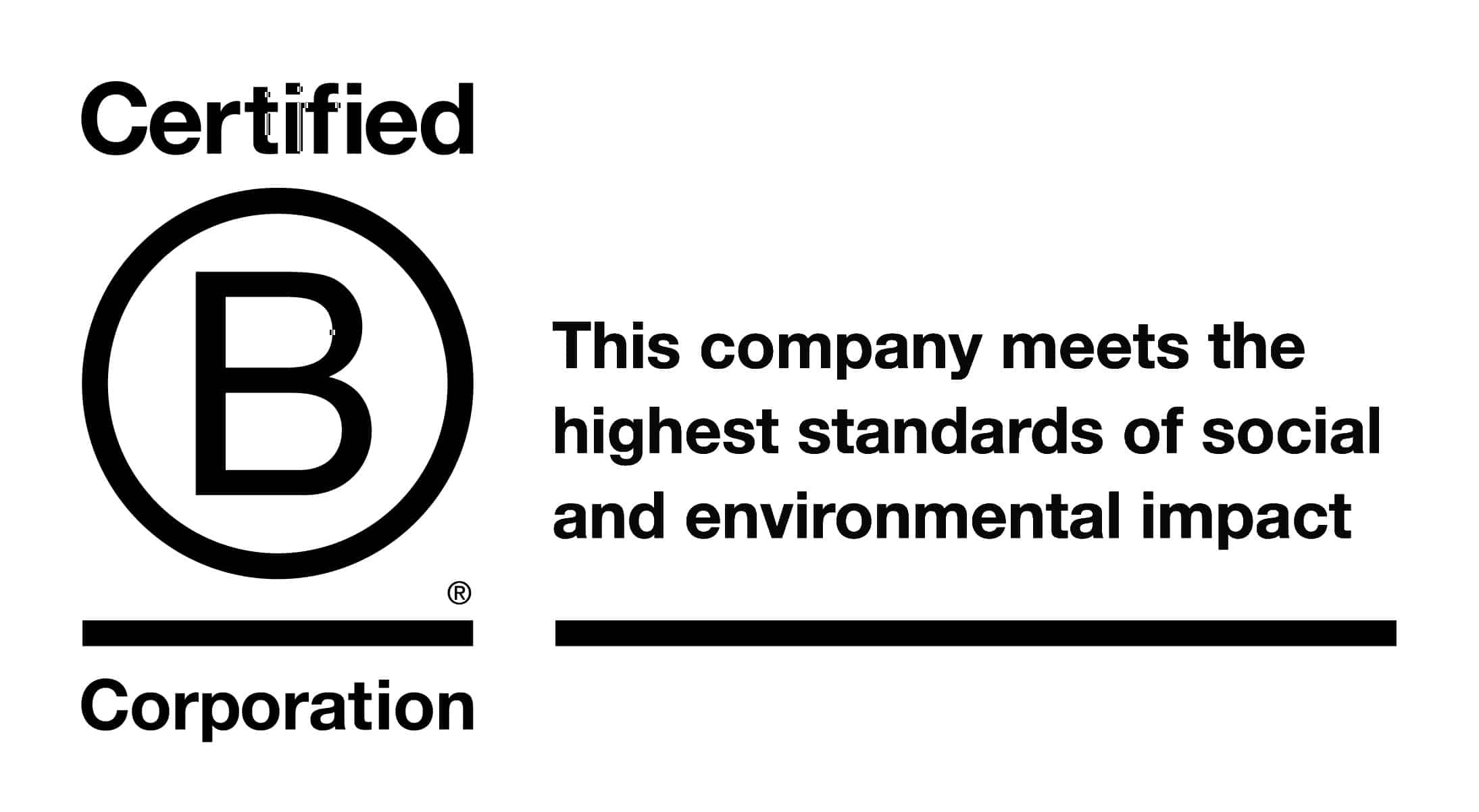Hydrotesting is an important pre-emptive test that searches for possible failures in machinery that work under pressure. While testing for safety and equipment performance is very important, so is taking precautions against corrosion that can ensue from this activity.
Here you will gain further insight into the possible corrosion risks associated with hydrotests that can be mitigated with corrosion treatment.
Hydrotesting in a Nutshell
Hydrotests involve pressurizing a vessel or pipeline over its normal capabilities for long time intervals with a liquid, usually water. Hydrotesting evaluates the equipment’s capability to effectively withstand the pressure it has been designed to endure.
Although a very safe test that determines faulty appliances when leaks appear, a variety of structural and operational issues can also emerge as an unwanted byproduct, with corrosion being one of the most insidious and costly to repair.
Most Common Corrosion Risks When Hydrotesting
Low Water Quality Has a High Incidence in the Outcome of the Test
Hydrotests do not necessarily require bottled-water quality to ensure optimum procedural standards. However, various water characteristics can impact the corrosivity of the water:
- water with high concentrations of aggressive species (chlorides, sulphates) can accelerate the speed of corrosion.
- soft water is very aggressive to steel, and hard water can form scale.
- bacterial activity is important to factor in when using untreated natural waters (lake, river water) as it is associated with microbially influenced corrosion (MIC).
These issues with water can lead to general corrosion, or worse localised corrosion, where pits are initiated in the material before it even gets into service. This is known to have caused early failures of tanks, pipes and equipment.
Hydrotesting Corrosion Risks Are Mitigated By Corrosion Protection
Water quality common problems can easily be solved by performing assiduous water quality tests, by conducting proper corrosion risk management, and by proactively treating against corrosion. The steps to avoid issues are as follows:
Identify: carry out water testing to identify levels of aggressive species (e.g. chlorides, sulphates), pH, water hardness/alkalnity and microbial activity. This will let you know if additional controls are required.
Control: select appropriate controls such as inhibitors, biocides, coatings to protect the asset. Even if these additional controls are not needed, the most impactful way to avoid corrosion in hydrotesting is to avoid stagnant water; ensuring water is drained as soon after testing as possible is a good best practice.
Monitor: processes and accountability must be set for ensuring that these items are implemented during hydrotesting.
All waters are not created equal – and from a corrosion perspective can have very different impacts. It is important to know what you are dealing with and effectively mitigate it during hydrotesting. By following the best practices above, you will ensure your assets enter service in the best possible shape and will last as long as they need to!




